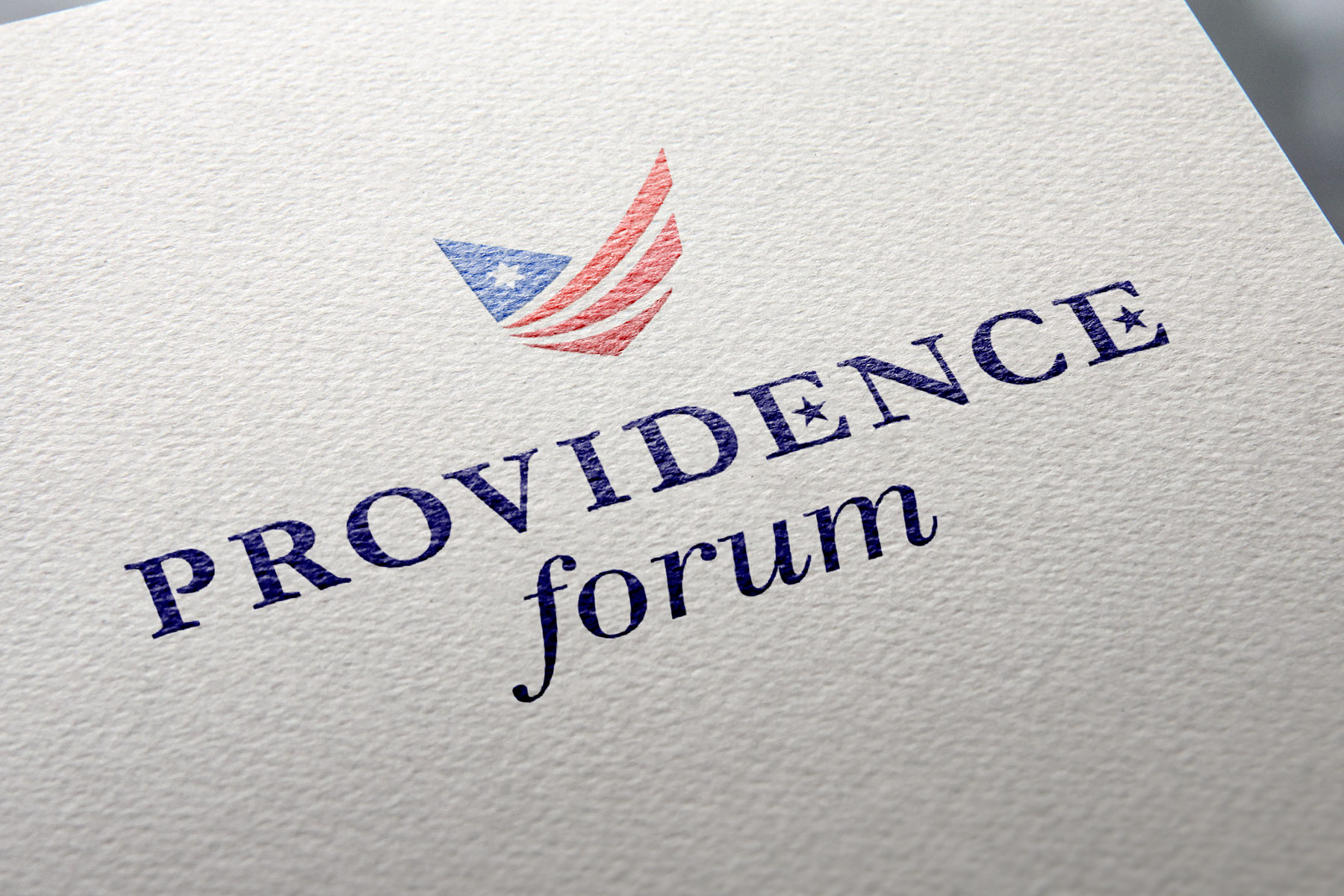September 8, 2015
The Art of Mastering Email Marketing

In marketing, tactful correspondence is a key asset that is often overlooked in managing relationships. Enter the magic of a strong and effective email marketing strategy.
Unlike phone calls where you can get lost in extraneous tangents or text messages that abound with the opportunity to misconstrue, email offers you a chance to properly form your ideas, project efficiency and keep both clients and staff feeling good. So, why allow knee-jerk emails to get rattled off with little attention to tone, editing or spellcheck? Not only do they reflect poorly overall, but they also run the risk of unintentionally bruising a relationship that you value.
Here are a few points that can aid in composing an effective email marketing strategy, or even just your next business email and help get your point across amiably and sounding smart!
1. The Subject At Hand
Starting with the “subject” is NOT a no-brainer. I cannot count the number of times I’ve received an email with “Re: re: re: re: re:….” in the subject line, or “Hi!” from someone I don’t know. People will not open what looks like spam, and folks don’t always have time to scroll through a two-week thread to get to your funny one-sentence response. Help prepare the reader for what they’re opening by making sure the subject line is clean, speaks to the topic of the email, and introduces you or your company if it’s a first-time message. “Potential web collaboration with Push10” is the kind of thing you’re after.
2. Know The Reader
Even if you don’t know them. Are they a friend of a friend? A hip t-shirt design company? If so, then taking a casual tone like, “Hi there! Just wanted to say that I LOVED your recent work with so-n’-so!” is all good. But if they’re an important corporate client, then something like, “Good morning, Joe. Thanks for sending over those materials. Would you have time for a call later?” is clearly the right line to take. They key is adapting to the reader and the reason for correspondence. If it’s a mea culpa, then a hat-in-hand tone is important. If it’s a stern finger wag to a vendor, then firm and direct is the way to go.
3. Keep It Simple.
No Rambling! You don’t have time to write a book at work, and nobody has time to read one. Try to be concise, address the questions, be transparent with scheduling snags or those you need to consult with and move on.
4. Review, And Review Again.
The last thing you want to do is send a message that’s half-baked or peppered with errors. Once you’ve typed your main thoughts, go back and take another look, this time with tone and cadence in mind. Make sure your point is illustrated clearly but the overall feel is still friendly, then proofread your grammar and do a thorough spell check (both manual and auto).
5. Tag – They’re It.
Put the ball in their court by making it effortless to respond. I still get plenty of emails from professionals with no email signatures. Sure, your recipient can simply hit ‘reply’ to a message, but what if they want to call you to clarify something more quickly? Or what if they want to refer someone to your physical address for the meeting you just discussed? It’s always good to include a clear signature, plus it’s also a reflection of your attention to detail and the way your company presents itself externally. Likewise, be sure your email signature is in-line with your company’s brand identity guidelines. It should be consistent in terms of font, size, layout, and color.
Good email writing is not always easy or at top of mind, but with practice, certain tactics can become second nature, and your affable directness will be understandable and appreciated.

